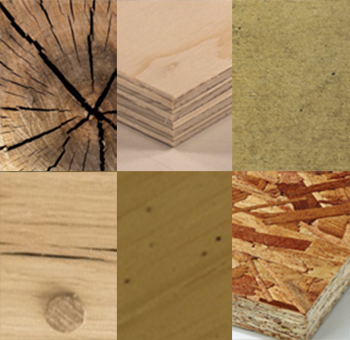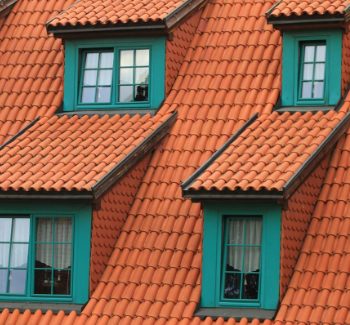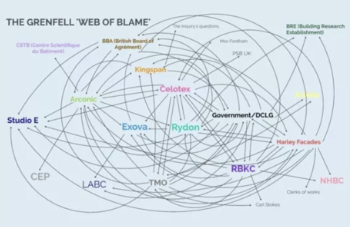Wired glass
Glass is made from liquid sand in the form of an amorphous (non-crystalline) solid that displays a glass transition near its melting point at around 1,700°C (3,090°F). It is typically transparent or translucent, and its most common form is silicate glass, which consists mainly of silica or silicon dioxide (SiO2).
Glass is a very commonly used material because, whilst still molten, it can be manipulated into forms suitable for a very wide range of uses, from packaging and household objects to car windscreens, building windows, and so on. There are many different types of glass, depending on the use required.
Wired glass (sometimes referred to as Georgian wired glass or GW glass) was patented by Frank Shuman in 1892. It has a wire mesh embedded within it during the manufacturing process and the glass is generally obscured (it has a visually distorting rolled surface pattern). The wire mesh does not improve its impact resistance, but it ensures that if the glass breaks, the broken pieces are retained by the wire mesh and do not fall out, which could create a hazard. It can also ensure glazing retains its overall shape, continuing to form a barrier even though it has broken.
Wired glass typically has a grid size of around 12.5mm and is used as a low-cost fire resistant glass in which the wire holds the glass in place if high temperature causes it to break. It can also be used for security reasons, or in areas where impact is likely and it is commonly found in doors and windows.
Wired glass is less visually attractive and not as strong as laminated glass or toughened glass. There have also been safety concerns in relation to wired glass, as the shards of glass remain in place after breakage, which can cause injury. Alternatives include glass reinforced by a polycarbonate mesh which is lighter, easier to cut and more difficult to break.
[edit] Related articles on Designing Buildings Wiki
- Annealing.
- Birds and building collisions.
- Domestic windows.
- Double glazing v triple glazing.
- Float glass.
- Georgian.
- Glass.
- Glass manifestation.
- Glazing.
- Laminated glass.
- Lights Out: Protecting migratory birds from illuminated skyscrapers.
- Low-e glass.
- Patent glazing.
- Polycarbonate plastic.
- Security glazing.
- Stained glass.
- Thermal optical properties.
- Triple glazing.
- Window.
- Window energy rating.
- Window screens.
Featured articles and news
International Women's Day 8 March, 2025
Accelerating Action for For ALL Women and Girls: Rights. Equality. Empowerment.
Lack of construction careers advice threatens housing targets
CIOB warning on Government plans to accelerate housebuilding and development.
Shelter from the storm in Ukraine
Ukraine’s architects paving the path to recovery.
BSRIA market intelligence division key appointment
Lisa Wiltshire to lead rapidly growing Market Intelligence division.
A blueprint for construction’s sustainability efforts
Practical steps to achieve the United Nations Sustainable Development Goals.
Timber in Construction Roadmap
Ambitious plans from the Government to increase the use of timber in construction.
ECA digital series unveils road to net-zero.
Retrofit and Decarbonisation framework N9 launched
Aligned with LHCPG social value strategy and the Gold Standard.
Competence framework for sustainability
In the built environment launched by CIC and the Edge.
Institute of Roofing members welcomed into CIOB
IoR members transition to CIOB membership based on individual expertise and qualifications.
Join the Building Safety Linkedin group to stay up-to-date and join the debate.
Government responds to the final Grenfell Inquiry report
A with a brief summary with reactions to their response.
A brief description and background to this new February law.
Everything you need to know about building conservation and the historic environment.
NFCC publishes Industry White Paper on Remediation
Calling for a coordinated approach and cross-departmental Construction Skills Strategy to manage workforce development.
'who blames whom and for what, and there are three reasons for doing that: legal , cultural and moral"























Comments
He likely invented it at least a little while before taking out the patent for it, which he filed on July 6, 1892
Ron H-W
This article has been corrected. Thanks